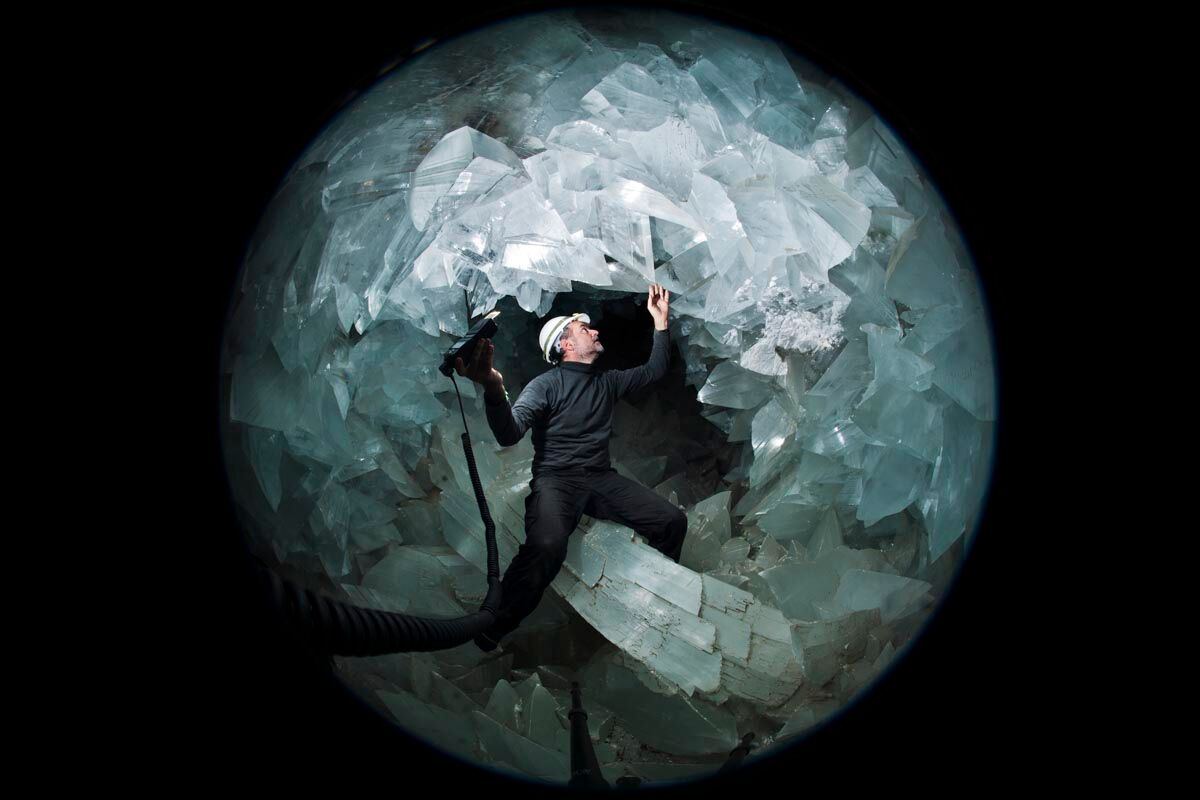When you purchase through golf links on our situation , we may earn an affiliate commission . Here ’s how it do work .
Photosynthesis is the stylemark of the do - it - yourself crowd . Organisms that rely on it demand only short , carbon dioxide , and some inorganic nutrients to grow . There are exceptions , of path , such as carnivorous plants that live in abject - alimentary habitats .
And here ’s a new one : microscopic algae that eat free - floatingbacteriain the unresolved ocean .

The smallest of the marine phytoplankton are unicellular algae less than one - tenth the width of a hairsbreadth . They grow almost solely byphotosynthesis , or so most scientists thought .
But solve aboard a enquiry vessel in the North Atlantic , and using isotope to track the fate of nutrient in samples of brine , Mikhail V. Zubkov of the National Oceanography Centre in Southampton and Glen A. Tarran of the Plymouth Marine Laboratory , both in England , have square off that the tiny algae obtain about a quarter of their biomass from bacterium .
So abundant are the little algae that they alone devour between 40 per centum and 95 percent of all the bacteria eaten in the top , sunstruck level of the ocean — the rest succumb to other sort of unicellular beings .

That alga should depend to such an extent on bacterivory derive as a surprise . Perhaps it ’s more efficient to assimilate food concentrated in bacteria than circularise in seawater , Zubkov and Tarran suggest . Whatever the reason , ecologists will have to revise their models of nautical food for thought chain of mountains to account for algal appetites .
The finding were detailed in the journalNature .
















